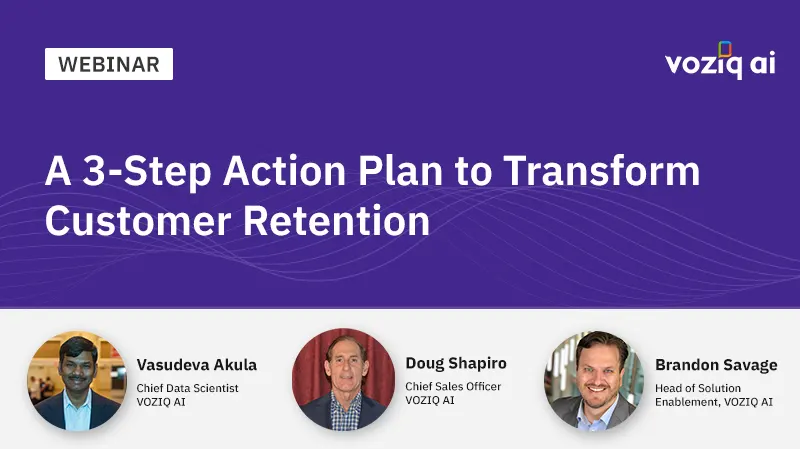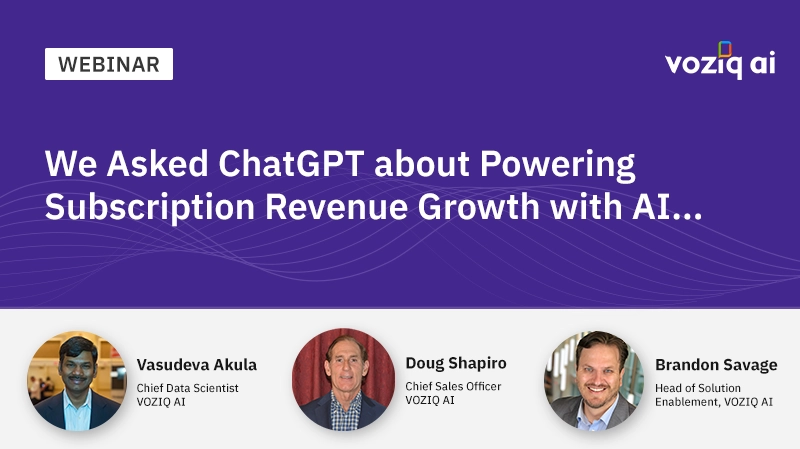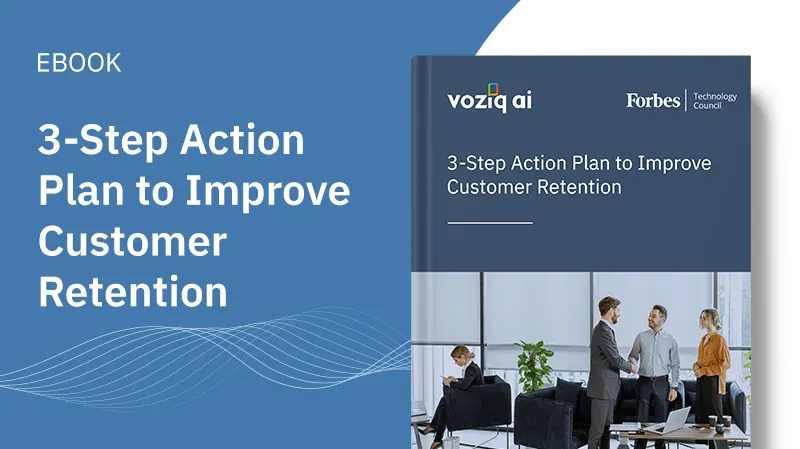3 Reasons Your Retention Investment May Not Be Working

3 Reasons Your Retention Investment May Not Be Working
Customer retention has assumed greater importance for recurring revenue businesses today. However, despite this, most companies are still struggling to plug in the leaky revenue bucket. Traditional retention approaches are proving ineffective against customer churn today. It’s mainly because customers are only growing stronger by the day with the availability of information and choices. At the same time, their expectations from their service providers are also increasing. Let us look at the major three factors that contribute to your retention investment failing. Let’s look at them.
Siloed efforts
A company has various customer touchpoints, such as support, field service, marketing, and IT. However, their siloed functioning can impact customer experience, thus, retention efforts.
While a cross-functional organization holds a competitive edge, a unified vision toward customer experience and business growth is critical to realizing this advantage. 76% of customers expect consistent interactions across departments. Businesses with siloed teams often face inconsistency and a lack of intelligence across customer touchpoints.
This reflects in the performance of retention agents who are not fully equipped with the required customer intelligence, hence lacking the ability to provide effective resolutions efficiently. Increased waiting time for customers and unresolved issues affect how customers want to conduct business with the company. A bad experience with the frontline is one of the triggers of churn.
Scattered customer data
Companies collect customer data across various touchpoints. However, it is scattered across CRMs and many other sales and marketing platforms in different formats. The absence of a single source of truth renders companies unable to identify customer health and churn risks across different stages of the customer lifecycle. In turn, it becomes one of the major challenges in delivering a personalized customer experience.
Businesses utilize this multi-channel data to enhance experience across all channels. The unified customer data sources can provide a plethora of insights into customer behavior, uncover risk and revenue opportunities across the buying journey and supercharge customer retention efforts.
Actions not scaling
Retention actions require responding to changing customer needs. Even with the strongest strategies in place and ample customer data, the lack of customer-level actionable intelligence prevents companies from taking steps toward reducing churn.
The root of failed retention strategies lies in the lack of information. Cohort analysis prevents businesses from understanding customers on a personal level and developing strategies that they would respond to. It impacts a company’s retention strategies as it either ends up responding too late or not to the right customer segment, resulting in losing large sums with less to no ROI. Businesses need actionable intelligence that will enable them to put their strategies to use timely and to the right customers.
Taking a holistic approach
Developing an effective customer retention strategy requires a holistic approach that addresses knowledge gaps by optimizing existing data, utilizing AI/ML, and enabling collaboration between cross-functional teams.
Here are the 6 questions that a holistic approach to churn addresses.
- Which customers are happy, and which aren’t?
- Which customers are at risk of cancellation?
- What are the churn drivers at the customer level?
- What can be done to retain at-risk customers?
- Which canceled customer can be won back?
- How can the solution be operationalized at a scale?
Churn reduction has a fundamental impact on the bottom line and valuation of a company. Using AI and ML, and the existing data, businesses can answer critical questions concerning retention, focus on the people and the platform and build a framework to drive retention with impressive ROI.
This blog Originally published at Customerthink






